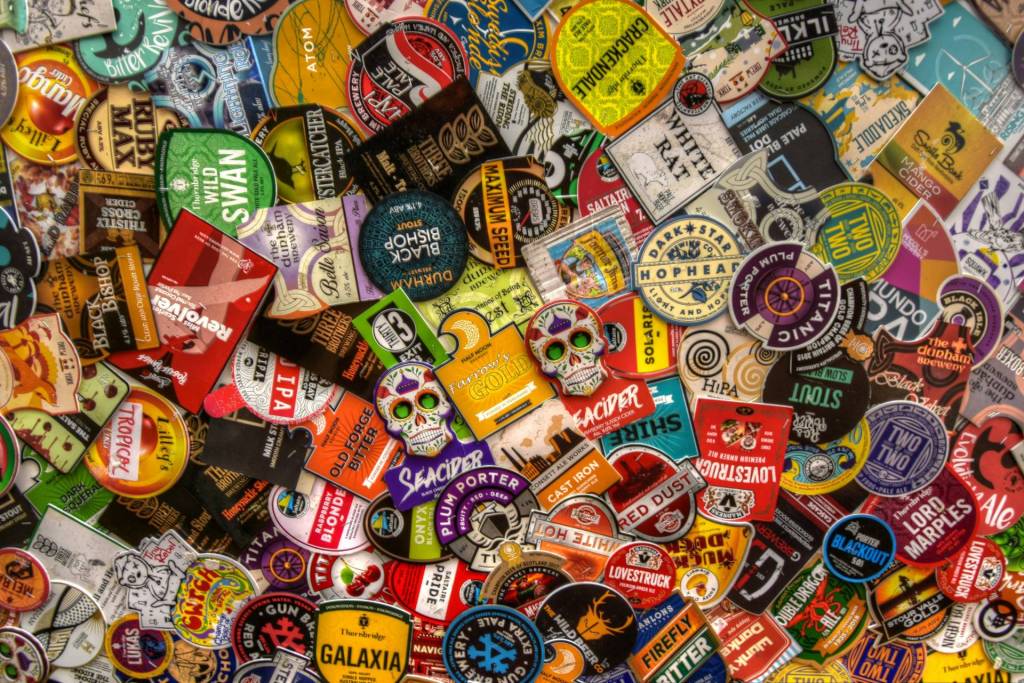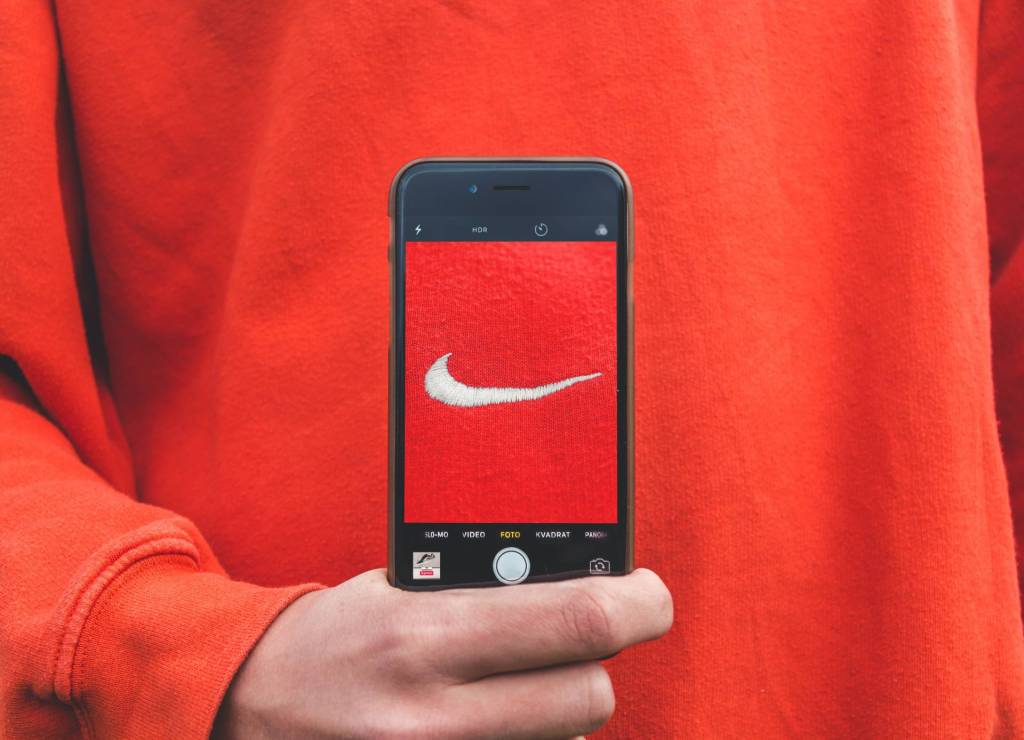Newsrooms are still losing jobs—Newsweek, the Cleveland Plain Dealer, The New York Times all recently announced plans to cut more positions. My advice to those people being offered a buyout? Take the money and get ready to be appreciated again. Because now is the best time for a journalist to lose his/her job.
Writing, interviewing, taking tons of information and transforming it into an accessible story isn’t rocket science but it IS a skill. And in 2013 more companies and non-profits will realize that they need people with those skills, not just with quick Facebook hits and tweets, but also with instructive whitepapers, in-depth interviews, and videos that truly educate and inform audiences.
The cynical term for this is “content marketing” but I think coming up with ideas for quality media takes work and sincerity—as journalism professor Carrie Brown-Smith recently wrote for the Nieman Lab, “to engage customers you need something interesting and relevant to put [out] there, and that’s not so easy to do.”
Ahead of the curve? Non-profits
Without the pressure of turning a profit, organizations like the Council on Foreign Relations and Human Rights Watch (full disclosure: both are previous clients) have had “newsrooms” within their operations for several years. They’ve hired reporters, editors, and producers from news organizations like CNN, the BBC, and NPR to turn out high-quality podcasts, videos, and blog posts that supplement their traditional press releases. But more interestingly, they often just cut out the middleman, aka the mainstream media, and go directly to the public via iTunes, YouTube, and blogs.
What this Means for Publicists
I’ve been thinking a lot about this “newsroom within a brand” phenomenon so it felt strange to sit on a panel last month with some of my fellow tech journalists, Samantha Murphy, Alyson Shontell, Devindra Hardawar, and Ki Mae Heussner, at the Publicity Club of NY. In the audience were publicists who wanted to know how to get their clients covered on, respectively, Mashable, Business Insider, VentureBeat, GigaOm and my own segment on WNYC, New Tech City.
Since I’m somewhat new to the tech media scene, I was a little startled by the audience’s questions—when it is best to send you a press release? What should we put in the subject line to get you to open our emails? These queries seemed dated to me.
Nonetheless, here’s how I suggested they pitch me:
- Tell me how your product is going to make me live my life differently.
- Give me a relevant reason (i.e, a news peg) as to why I should cover your company right now.
- Show me how your product/brand has a story and relates to the world around me.
I hope some of them walked away not just with ideas on how to pitch better (including DON’T WRITE IN ALL CAPS IN THE EMAIL SUBJECT LINE) but how to make their own content. At the very least, creating their own content will help PR people understand what journalists are looking for and convince them more efficiently that a company is worth covering.
What this Means for J-School Students
I cut my reporting teeth in foreign newsgathering at the BBC and never attended journalism school, but I think students with journalism degrees WILL find work. They might need to get over the fact that they are unlikely work for the New York Times and they may not even be called a reporter wherever they end up working. Maybe they’ll be called CCs or Content Creators (ugh, just joking).
The lovely Duy Linh Tu heads up the Digital Media Program at Columbia University’s Journalism School and has some interesting insight as to where his students might end up.
Where To Go From Here
This post is meant to be content marketing from a content creator’s point of view. But for wisdom from the marketing POV read thought leaders like Ian Schafer of Deep Focus, Edelman Digital‘s Steve Rubel and David Armano, or check out Magnify’s Steve Rosenbaum on why curation is also content creation.
I think the bottom line is positive: quality rises to the top. Instead of being hit over the head with annoying ads, won’t you, for example, be happier to buy your food from a company that gives you the latest in nutrition science and awesome recipes? Or rent a car from a company that holds free seminars on bad weather driving and writes posts that make the issues of global warming and fuel efficiency interesting? I will.
Author:
Manoush’s Spreecast workshops will be based on the curriculum and methodology laid out in her multimedia ebook Camera Ready (Amazon’s Top 100 Journalism ebooks). Her video expertise comes from years of reporting and producing for BBC News and Reuters Television. She works with organizations to make better video and is the host of WNYC’s New Tech City. Follow her on Twitter @manoushz.












